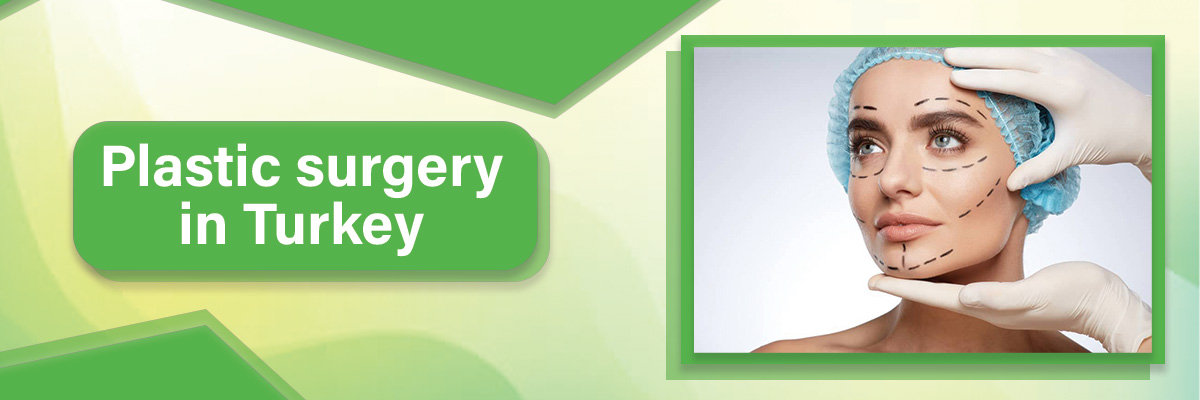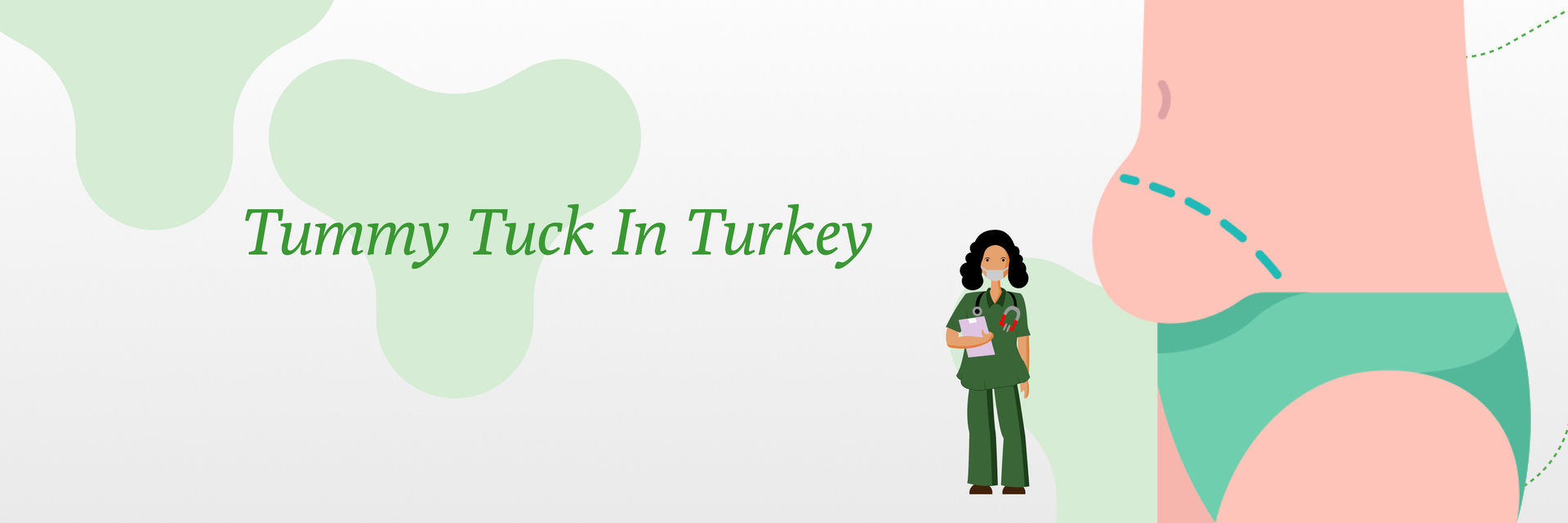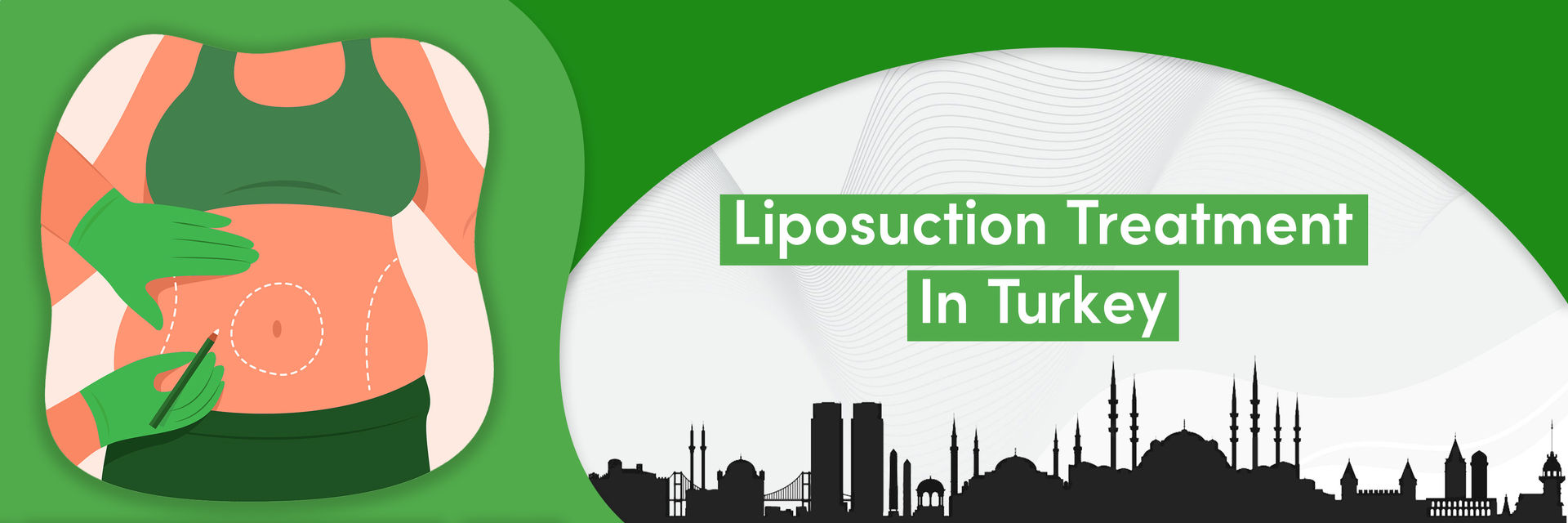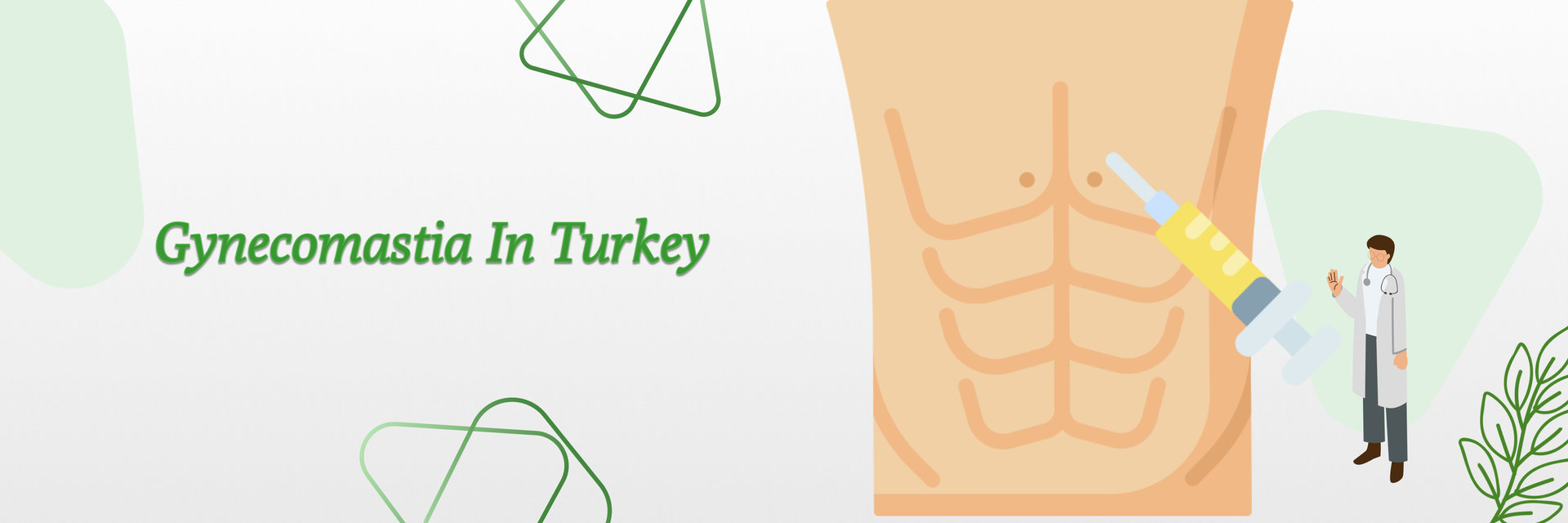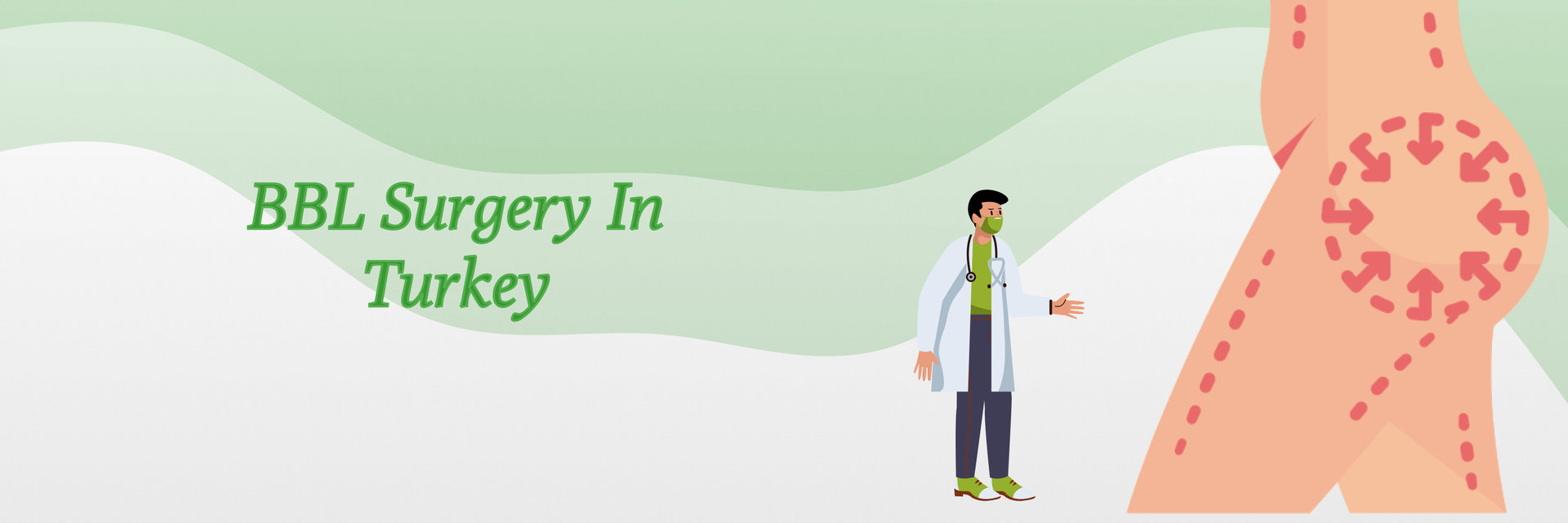When is Nose Filler After Rhinoplasty recommended?

Like any surgical procedure, the healing phase takes around 100 days. This is roughly three months. For revision rhinoplasty, the recovery period may be extended by several months. Once this time has passed it becomes safe to proceed with filler injections.
Why do people go for nose filler after rhinoplasty?

Sometimes, what looks perfect in the operating room might change a bit as you heal. Even tiny shifts in measurements can matter a lot. But don't worry! There's a safe and effective option called non-surgical revision rhinoplasty using fillers. This approach gives you immediate results. Many patients like this because of that and it makes them feel really happy and content.
Get ready to learn about the perfect timing for nose fillers!!
When is the right time to get nose filler after rhinoplasty?

When it's the right time to get nose filler after a rhinoplasty depends on your healing process. Usually, you should wait for about three months or 100 days after rhinoplasty. Then it's safe to consider Nose filler after rhinoplasty. This allows your nose to settle. Post-surgery changes stabilize. This gives you a clearer picture if you need nose fillers for optimal results. Always consult with your surgeon to determine the best timing.
Your health is too important to ignore – schedule your appointment now.
Concerned about safety? Let's address that!
Is nose filler after rhinoplasty safe?

Yes, nose filler after rhinoplasty is safe. when performed by a skilled and experienced medical professional. It's essential to choose a qualified injector, a board-certified plastic surgeon, or a dermatologist. See that they have a thorough understanding of facial anatomy. Discuss your medical history and your aesthetic goals with the injector. This ensures that nose filler after rhinoplasty is a suitable option for you. Remember that every medical procedure carries some level of risk. It's crucial to have a comprehensive consultation before proceeding.
Intrigued by the variety of fillers? Let's dive in!
Types of nose fillers one can get after rhinoplasty
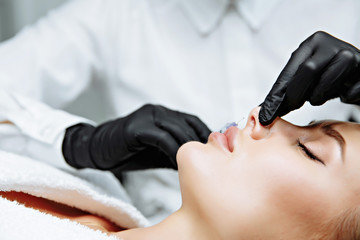
After rhinoplasty, different types of fillers can be used to enhance results:
- Hyaluronic Acid Fillers: Temporary, smooths minor irregularities, corrects asymmetry, and adds volume.
- Calcium Hydroxylapatite Fillers: Temporary, adds volume, and stimulates collagen production for longer-lasting results.
- Poly-L-lactic Acid Fillers: Gradual improvement by stimulating collagen, improves volume, contour, and appearance.
- Polymethyl Methacrylate (PMMA) Fillers: Semi-permanent, treats significant irregularities or contour issues.
- Autologous Fillers: Uses patient's own fat tissue for natural and lasting enhancement.
The choice depends on your needs and recommendations from a professional injector.
Excited to learn about the benefits and risks? Keep reading ahead!
Benefits/Risks of nose filler after rhinoplasty
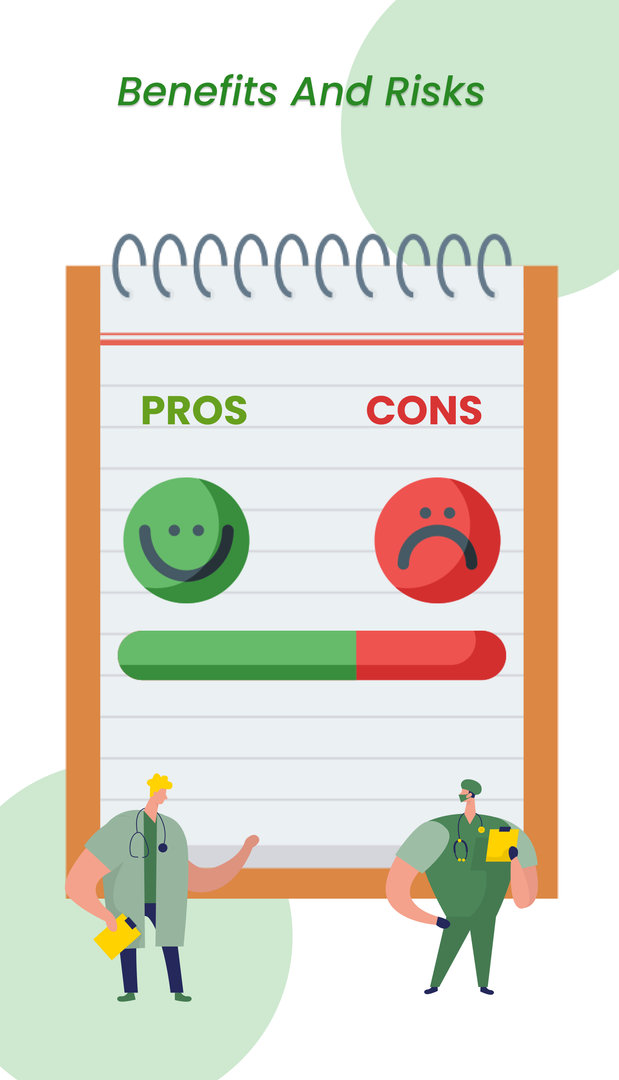
Benefits of Nose Filler After Rhinoplasty | Risks of Nose Filler After Rhinoplasty |
Corrects Minor Irregularities | Risk of Overfilling |
Enhances Symmetry | Allergic Reactions |
Improves Volume and Contour | Infection |
Immediate Results | Temporary Bruising or Swelling |
Non-Surgical Alternative | Migration of Filler |
Minimal Downtime | Risk of Vascular Complications |
Adjustable and Reversible | Discomfort or Pain |
Want to know if you're eligible? Let's find out!
What are the eligibility criteria for getting nose fillers after rhinoplasty?

You can be eligible for nose fillers after rhinoplasty if you fulfill the following:
- You have waited for 6 months or more after the last rhinoplasty surgery.
- You are not satisfied with primary rhinoplasty results.
- You have good health and will not pose issues with getting fillers.
- You can opt for filler if you have minor issues with previous surgery.
- You will be eligible if your doctor gives a go-ahead after evaluation of your case.
Take charge of your health and your life. Contact us today!
Ready to prep for your nose filler journey? Yes, let’s get you prepared!
How to prepare for nose filler after rhinoplasty?

Preparing for nose filler after rhinoplasty:
- Consultation: Discuss with your surgeon your desire for filler.
- Healing Time: Wait until your nose has healed completely.
- Medical History: Provide details about your health and medications.
- Expectations: Communicate your goals and desired results.
- Avoid Blood Thinners: Stop blood-thinning medications before the procedure.
- Plan Ahead: Schedule the filler appointment at the right time.
- Questions: Ask any doubts you have during the consultation.
Curious about the procedure? Let's walk you through it!
What is the procedure for nose filler after rhinoplasty?

Steps | Brief description |
Consultation | Discuss goals and concerns with the injector. |
Preparation | Cleanse nose and injection area. |
Anesthesia | Apply local anesthesia or numbing cream. |
Injection | Carefully inject filler into specific areas. |
Massage and Molding | Massage and shape the filler if needed. |
Assessment | Evaluate results for symmetry. |
Recovery | Resume normal activities after the procedure. |
Follow-up | Schedule a follow-up appointment to check results. |
The nose filler procedure after rhinoplasty is quite quick. It usually takes around 15 to 30 minutes. It's done as an outpatient procedure, so there's no need to stay in the hospital.
The discomfort during the procedure is minimal. This is due to numbing creams or local anesthesia. Most people feel only a slight pinch or pressure.
What to expect after nose filler after rhinoplasty?

Post-operative guidelines:
After getting nose filler after rhinoplasty, here are some post-operative guidelines to follow:
- Avoid Touching: Don't touch or massage the treated area for a few days.

- No Makeup: Avoid applying makeup on the treated area for at least 12 hours.
- Cold Compress: Apply a cold compress to reduce swelling and bruising.
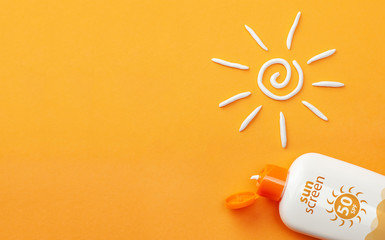
- Sun Protection: Use sunscreen to protect your skin from the sun.
- Sleep Position: Sleep with your head elevated for the first night.
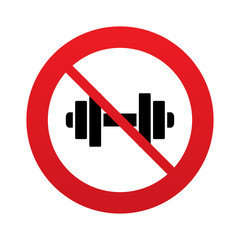
- Avoid Strenuous Activity: Refrain from vigorous exercises for a few days.
Recovery Process:
Recovery is usually quick. You might experience some swelling, bruising, or slight discomfort for a day or two. Most people can return to their normal activities right after the procedure.
Side Effects:
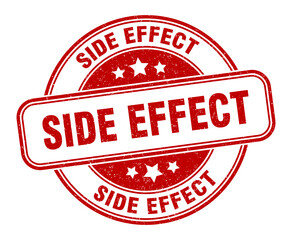
Common side effects include:
- Temporary swelling
- Redness
- Bruising
- Minor discomfort at the injection site.
These effects typically subside within a few days.
If you have any concerns or unusual symptoms, reach out to your healthcare provider.
Get ready to unveil the incredible results of nose fillers!
What are the results of nose fillers after rhinoplasty?

The results of nose fillers after rhinoplasty can bring various improvements:
- Enhanced Shape: Fillers can refine the nose shape. It makes the nose appear straighter or smoother.
- Balanced Profile: Uneven areas can be corrected. It creates a more balanced profile.
- Camouflage Imperfections: Fillers can hide minor bumps or irregularities.
- Subtle Changes: Fillers provide subtle changes without surgery.
Results are usually visible immediately after the procedure. Swelling may affect the initial appearance, but it subsides within a few days.
The effects of nose fillers are temporary, lasting about 6 to 12 months. However, it can vary depending on the type of filler used and individual factors. Results are not permanent. But you can choose to maintain or adjust them with follow-up treatments.
Your well-being is our priority - call us to book your appointment today
Confused about the success rates? Let's clarify
What are the Success Rates of nose filler after rhinoplasty?
![]()
Studies show that around 10 to 15 out of every 100 people who have cosmetic nose surgery, might need to redo or fix it. This means that the surgery is successful for about 85 to 90 out of every 100 people. If the surgery is done by plastic surgeons who are experts in this area, the success rate could be even higher.
Is nose filler after rhinoplasty reversible?
The most common type of filler used in the nose is the hyaluronic acid. It's temporary and can last for several years. If needed, it can be undone by using another injection that makes it go away.
What is the Cost of Nose Filler After Rhinoplasty?

The price of non-surgical rhinoplasty in India can be different depending on the location. The specific issues with your nose, and other things can also affect the cost. Usually, it falls between $195 and $519 on average. Keep in mind that the cost can change based on different factors. So it's a good idea to check with the clinic to get an accurate estimate.
Before and after nose filler after rhinoplasty?
Before and after pictures of nose fillers after rhinoplasty show the changes in a person's nose appearance. Before the procedure, there might be certain issues or features you want to improve. After getting the fillers, the nose could look more balanced, smoother, or refined. These pictures help you see the actual results of the procedure and the improvements it can make. Remember, individual results can vary, so it's important to discuss your goals with a qualified professional.
What other procedures that can be used after rhinoplasty?

Septoplasty is a bit like rhinoplasty. But it focuses on fixing problems inside your nose. Especially the nasal septum that affects breathing. If you have trouble breathing and want to change how your nose looks, you can do both procedures together.
This can make your nose work better and look better too.
FAQs

Q: What Are Nose Fillers, and How Do They Differ from Rhinoplasty?
A: Nose fillers are non-surgical treatments that involve injecting dermal fillers into the nose to reshape or enhance its appearance. Rhinoplasty is a surgical procedure that involves reshaping the nose through surgery.
Q: Can Nose Fillers Be Used After Rhinoplasty?
A: In some cases, nose fillers can be used after rhinoplasty to make minor adjustments or refine the results. However, it's essential to consult with your surgeon to determine if this is a suitable option for you.
Q: When Is It Appropriate to Consider Nose Fillers After Rhinoplasty?
A: Nose fillers may be considered if you have minor imperfections or asymmetry in the results of your rhinoplasty, and you want a non-surgical solution to address them.
Q: What Types of Nose Fillers Are Used for Post-Rhinoplasty Enhancements? A: Various types of dermal fillers, such as hyaluronic acid-based fillers, can be used for post-rhinoplasty enhancements. The choice depends on your specific needs and the recommendation of your surgeon.
Q: How Long Do Nose Fillers Last After Rhinoplasty?
A: The duration of results can vary depending on the type of filler used. Generally, nose fillers can last from several months to a year or more, but they are not permanent.
Q: Are There Any Risks or Complications Associated with Nose Fillers After Rhinoplasty?
A: While nose fillers are generally safe, there can be potential risks such as swelling, bruising, or allergic reactions. Consult with your surgeon to discuss potential risks and benefits.
Q: How Is the Process of Getting Nose Fillers After Rhinoplasty Different from a Standard Filler Treatment?
A: The process is similar to a standard filler treatment but requires careful consideration of your rhinoplasty results. Your surgeon will evaluate your nose and recommend the appropriate approach to achieve your desired enhancement.
Q: Should I Consult My Rhinoplasty Surgeon Before Getting Nose Fillers?
A: Yes, it's crucial to consult with your rhinoplasty surgeon before considering nose fillers. They can assess your rhinoplasty results, discuss your goals, and determine whether nose fillers are a suitable option for you.
Reference
https://my.clevelandclinic.org/health/treatments/22880-nonsurgical-rhinoplasty-nose-job
https://theaestheticsdoctor.com/can-i-have-a-non-surgical-nose-job-after-rhinoplasty
https://www.healthline.com/health/nonsurgical-rhinoplasty

